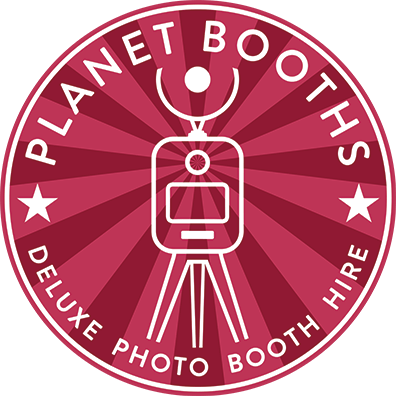One of the biggest assumptions of the late 1990s and early 2000s was that the consolidation of technology into what would become the high-end smartphone would lead to the end of many staples of the high street.
How Smartphones And Social Media Developed A Photo Booth Renaissance
One of the biggest assumptions of the late 1990s and early 2000s was that the consolidation of technology into what would become the high-end smartphone would lead to the end of many staples of the high street.
However, whilst phone booths, cybercafes and department stores would be affected by smartphones negatively, photo booths have arguably benefited by the rise of smartphone culture and social media despite conventional wisdom.
So how did a generation that grew up online grow to love the corporate photo booth hire? Part of the answer can be seen with an especially popular smartphone app and how it tried to emulate a wildly popular Japanese cultural institution.
Instagram, Purikura and The Photo Booth
Many people know Instagram; the social media network and app attempted to do what Polaroid never could and take the instant photograph experience online and popularise the selfie, but it also took influence from a particular genre of photo booth that was wildly popular in Japan.
Print Club, almost universally shortened to purikura, is a particular type of sticker photo booth where people can add frames, graphics, filters, stamps and writing to traditional photo booth pictures that became extremely popular in Japan.
You can see elements of purikura’s influence in many of the more utilitarian photo booths seen on the high street in other countries; whilst the majority of users are focused on the official ID or passport settings, there are options for more fun frames, graphics and poses.
However, the concept of the photo booth as a social experience became very popular outside of Japan in the 2010s, as audiences wanted a way to take home a physical memento of events.
This is where the event photo booth came in, offered not as a pay-per-roll service as seen in arcades of the past but instead as a service paid for by the people running the event, often supplied with an operator and delivering a physical and digital album full of memories.
